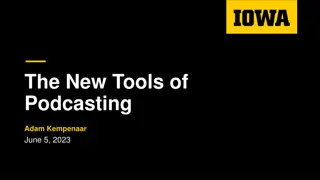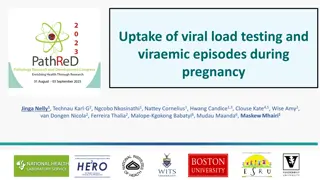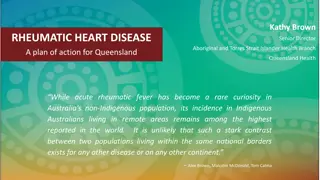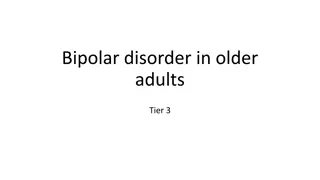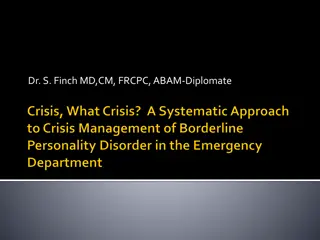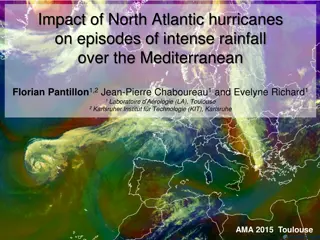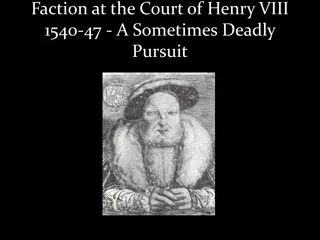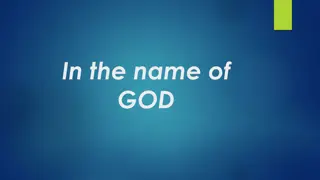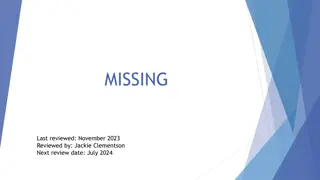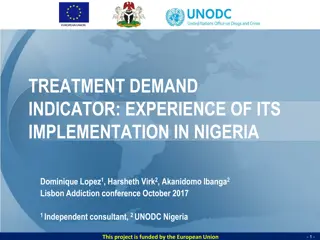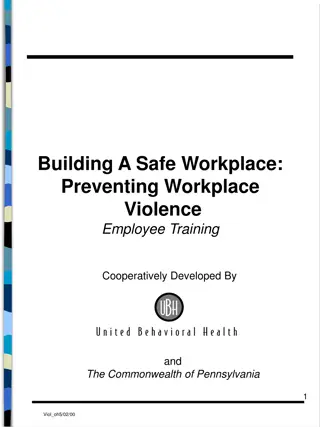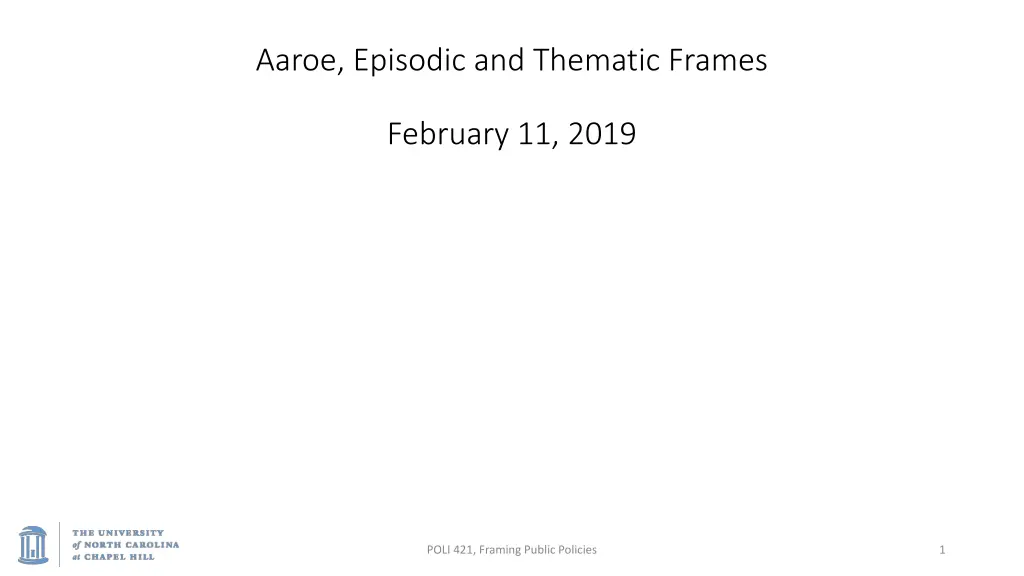
Understanding the Importance of Frames in Public Policy Debates
Explore the impact of thematic and episodic frames in framing public policies, their emotional implications, and how they influence social movements. Delve into case studies and discussions on anger as a motivator and its role in shaping successful advocacy efforts.
Download Presentation

Please find below an Image/Link to download the presentation.
The content on the website is provided AS IS for your information and personal use only. It may not be sold, licensed, or shared on other websites without obtaining consent from the author. If you encounter any issues during the download, it is possible that the publisher has removed the file from their server.
You are allowed to download the files provided on this website for personal or commercial use, subject to the condition that they are used lawfully. All files are the property of their respective owners.
The content on the website is provided AS IS for your information and personal use only. It may not be sold, licensed, or shared on other websites without obtaining consent from the author.
E N D
Presentation Transcript
Aaroe, Episodic and Thematic Frames February 11, 2019 POLI 421, Framing Public Policies 1
Before going into todays reading NPR coverage of the importance of anger, on the class website. Let s listen to this story and discuss. What other social movements would this apply to? Because of the nonviolent and non-confrontational nature of the MLK-era civil rights movement, we often think of successful social movements as following this model. However, there are many motivators. Does anger as a motivator need to lead to angry demonstrations? How do you use anger but not seem angry? Is that necessary? POLI 421, Framing Public Policies 2
What makes a frame strong? Her argument: It depends on the emotional state of the receiver . Thematic v. episodic frames Thematic frames: Statistics, general patterns, collective evidence, background, context, etc. Episodic frames: Illustrations, case studies, life stories, anecdotes, concrete events POLI 421, Framing Public Policies 3
Reasons for impact of episodic frames Stronger emotional reactions Direct these responses into support for a policy implied by the frame Direct the emotional response at a particular character That is, it creates a villain. Think back to Deborah Stone. More influence on opinion if the emotional arousal is stronger (Therefore, less so it the episodic frame elicits little emotion.) POLI 421, Framing Public Policies 4
A key difference in the two types of frames Thematic: brings the viewer / reader s mind to think of abstract causes, more diffuse, more external causes Episodic: human interest details put a face on the problem and direct attention to specific people or characters, the objects of your emotional response. POLI 421, Framing Public Policies 5
The Study: the 24-year rule in Denmark No foreigner may marry a Dane and live in Denmark until both bride and groom reach the age of 24 Fewer than 2% of people younger than 24 in Denmark are married. 2002 law was an anti-immigrant move, or an assertion of the Danish lifestyle and the need to assimilate. (Side point: is this a racist law?) POLI 421, Framing Public Policies 6
Two arguments for, two arguments against Arguments for: changing immigrants outdated, involuntary marriage patterns. Thematic: statistics show a clear change in marriage patterns, away from the country of origin and therefore toward marrying Danes or people already in Denmark Episodic: desperate immigrant woman promised before birth to her cousin Arguments against: injustice against innocent young people Thematic: statistics that arranged marriages are not a big problem Episodic: happy couple, one Dane one immigrant forced to live in Sweden because they would be arrested in Denmark if they came home. POLI 421, Framing Public Policies 7
Episodic frames much more powerful here Innocent victims of the law Villains: people enforcing arranged marriages, or Danish police authorities putting young couples in jail Anger, disgust Blameworthy agent of the bad policy POLI 421, Framing Public Policies 8
Experimental method She needed to find frames that differed along the lines above, four different ones, but that were not inherently better or worse than each other along any other dimension. Pretest: nine frame presented, How strong would you say this argument is? , use those results to select the experimental stimuli. (Note: experiments are hard to do right!) POLI 421, Framing Public Policies 9
More on methods Do you think the 24-year rule should be abolished or preserved? How much of each of the following emotions to you feel? Compassion, pity, anger, disgust Each measured on a 7 point scale Participants: high school students POLI 421, Framing Public Policies 10
More emotional response to the episodic frames, as one would expect Emotion Episodic Frame Compassion .64 Thematic Frame .38 Control Group .45 Pity .63 .36 .43 Anger .45 .19 .27 Disgust .45 .23 .27 POLI 421, Framing Public Policies 11
Results in Table 2 and 3 Direct results: both the episodic and thematic frames move the subjects on their opinion by about .25 or .26 But, there is no effect of emotion for the thematic frames and there is a strong one for the episodic frames If the frame stimulates an emotional response, it is more persuasive. Note that the same frame may or may not evoke such a response in different people POLI 421, Framing Public Policies 12
Figure 1. The stronger you feel the emotion, the bigger the change in level of support for the policy. POLI 421, Framing Public Policies 13
Lets discuss that Compare to Stone: purposeful actions with intended bad consequences make a villain Is the experiment well done? Would it travel to different contexts? How would you relate it / design it for the US context? What example? POLI 421, Framing Public Policies 14
A possible counter-example: Sexual Assault What are the best frames for the #MeToo movement? Huge national problem? John Doe attacked me? How do courts, the media, and others approach these issues when presented in the episodic and thematic frames? What about John Doe? In the episodic frame, when it is personalized rather than kept abstract, somehow in this context the dynamic shifts POLI 421, Framing Public Policies 15
Heres a paper I did with a student in this class a few years ago: There's been a big change in how the news media covers sexual assault. Washington Post, Monkey Cage, May 11, 2017. (Frank R. Baumgartner and Sarah McAdon) Read and let s talk about it POLI 421, Framing Public Policies 16


